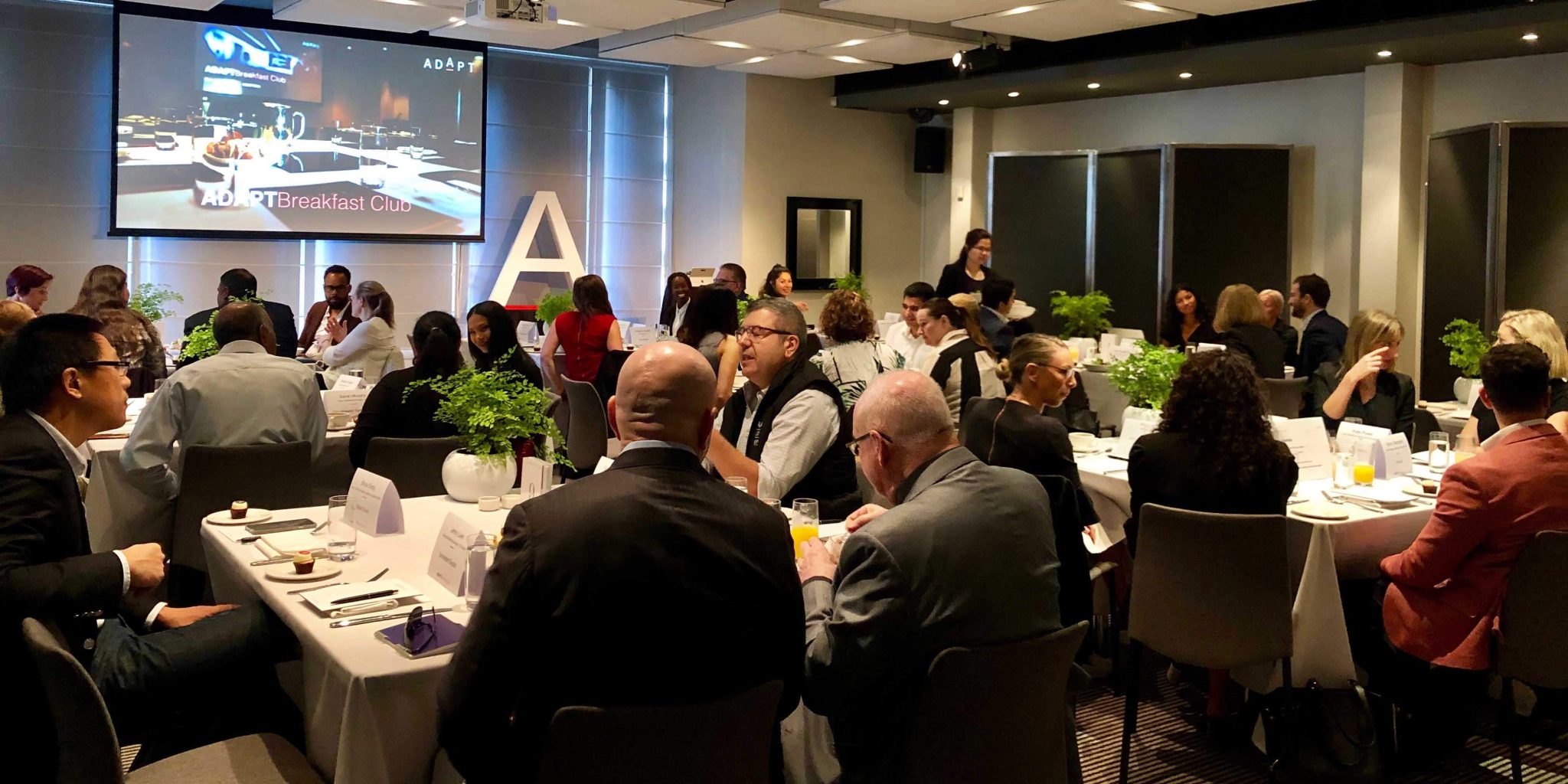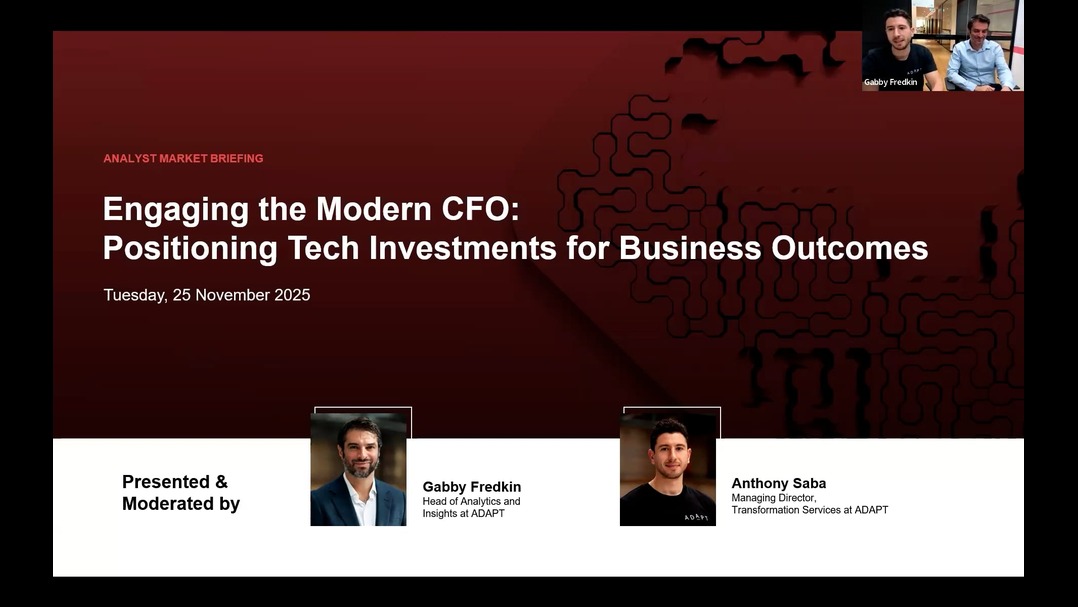Switching to a Local First, Global Second Mindset
It’s time for Australian organisations to plan and think with a ‘local first’ and ‘global second’ mindset to make informed technology-driven business decisions.Why it matters
Global initiatives and priorities have an important influence on Australian organisations’ thinking. This is only natural —we live in a global economy. But Australia has unique local circumstances. Global approaches, economic and technological trends do not all traverse international boundaries and cultures. We need to consider local business conditions and priorities.
What you need to do
Barely a single research document or IT related news article is published without a mention of digital transformation. It has been the highest priority strategic initiative for organisations in Australia, regionally and globally for many years now.
For most organisations in both the public and private sector digital transformation is a given. It is embedded in most of their IT initiatives, internal and external and impacts on people, systems and processes.
At ADAPT we see Australian organisations and especially the CIO role now firmly shifting the focus and conversation to digital execution. Digital transformation has become an overused term – the key is in the execution.
As Australian companies execute on their digital transformation strategy, they are looking to local IT research advisory companies like ADAPT to help them plan and navigate the most locally relevant and efficient path to digital execution.
Naturally, there are differing perspectives on what drivers and barriers organisations are facing on their paths to most effectively and efficiently execute on their strategies. These differences are particularly evident when considering perspectives from some of the more globally oriented focused research organisations.
For eight years ADAPT has provided unique Australian-based insight and analysis by sourcing local facts and opinions via thousands of survey responses, one-on-ones, roundtables and trusted interactions with the Australian C-suite every year. This information can often make the difference between a wrong and a right decision.
Many global sources tell us that issues like culture and internal politics are seen as the greatest barriers to digital transformation. Unquestionably, these are essential considerations that also rate as important amongst ADAPT customers.
According to Australia’s leading CIOs who attended ADAPTs CIO Edge conference in February 2019, Legacy modernisation is the number one barrier facing Australian organisations.
When questioned further, Australian CIOs told ADAPT that legacy systems and entrenched mindsets, form the biggest hurdle to operational effectiveness and innovation, themselves critical success factors of any digital transformation or digital execution effort.
As illustrated in the ADAPT chart of the week below, there are many other perceived barriers. Australian IT leaders should look at these barriers in their entirety and look at their relative priorities.
While these barriers appear different, they are not mutually exclusive. They will have different levels of focus requirement across various organisations but must be considered together.
With that in mind, how should Australian organisations approach legacy? It is not simply about improving efficiencies. How can we overcome some of the associated internal cultural resistance to change?
Legacy modernisation at the infrastructure, software, systems and broader application layer will succeed only when carried out in conjunction with digital transformation and execution at the workplace and enterprise levels.
Legacy modernisation as part of a digital execution strategy is most successful when aligned with broader IT initiatives. This, in turn, drives the business outcomes Australian organisations tell ADAPT are most critical to them.
Remember, today’s new technology is tomorrow’s legacy. Learn from past mistakes and current successes to make legacy modernisation ongoing, rather than a cyclical headache.


























